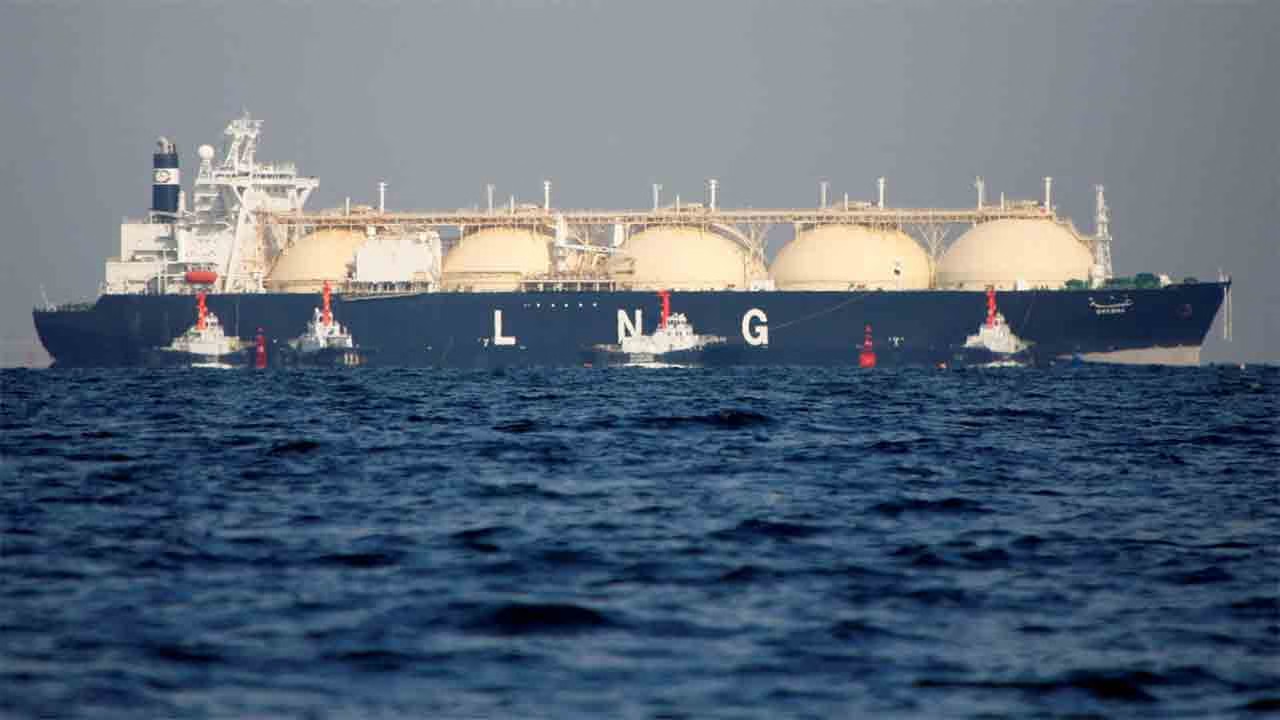The Oil and Gas Regulatory Authority (OGRA) has officially announced an increase in the prices of Re-gasified Liquefied Natural Gas (RLNG) for November 2024. According to the notification, RLNG prices have been raised by 2.68% compared to October, reflecting the ongoing adjustments in global energy markets and domestic economic pressures.
The revised prices, which have increased from $12.46 to $12.80 per million British Thermal Units (mmbtu), will be effective from November 1. The hike also applies to Sui Northern Gas Pipelines Limited (SNGPL), with a 2.47% rise in its RLNG rates.
Understanding the Price Hike
This adjustment in RLNG prices comes as part of OGRA’s monthly revision to account for fluctuating costs in the global LNG market, currency exchange rates, and local supply chain dynamics. The increase reflects a combination of external market conditions and internal policy decisions aimed at sustaining gas imports and meeting domestic demand.
For Sui Northern Gas consumers, this translates to new rates being implemented as of November 1, which may impact various sectors, including residential users, industries, and power plants reliant on RLNG for energy production.
Breakdown of the New Prices
- Previous RLNG Price: $12.46 per mmbtu
- Revised RLNG Price: $12.80 per mmbtu
- Percentage Increase: 2.68%
- Sui Northern Increase: 2.47%
These figures indicate a consistent upward trend in RLNG prices, prompting concerns about its impact on consumers and industries dependent on this energy source.
Reasons Behind the Increase
Several factors contribute to this price adjustment:
Global LNG Market Volatility:
International LNG prices are subject to market trends influenced by supply chain disruptions, geopolitical tensions, and seasonal demand surges.
Currency Fluctuations:
The depreciation of the Pakistani Rupee against the US Dollar increases the cost of imported energy resources, directly affecting RLNG prices.
Domestic Demand and Supply Gap:
Pakistan’s reliance on LNG imports to meet energy demands necessitates price adjustments to sustain supply.
Impact on Key Sectors
The rise in RLNG prices is expected to have a ripple effect across various sectors:
- Residential Consumers:
Higher RLNG costs could lead to increased gas bills for households, straining budgets amidst inflationary pressures. - Industrial Users:
Industries relying on RLNG for energy production may face increased operational costs, potentially resulting in higher prices for goods and services. - Power Generation:
Power plants using RLNG as a primary fuel source could experience higher production costs, potentially impacting electricity tariffs.
Economic Implications
The increase in RLNG prices is a double-edged sword for Pakistan’s economy. On one hand, it ensures the continuity of LNG imports crucial for meeting energy demands. On the other hand, it adds to inflationary pressures, affecting consumer purchasing power and industrial competitiveness.
Experts emphasize the need for long-term strategies to reduce dependency on imported fuels by developing local energy resources, promoting renewable energy, and enhancing energy efficiency.
Government’s Role and Response
While OGRA’s decision reflects market realities, the government faces mounting pressure to shield consumers from the burden of rising energy costs. Possible measures include:
- Offering subsidies for low-income households.
- Encouraging industries to adopt energy-efficient technologies.
- Exploring alternative energy sources to reduce reliance on expensive imports.
Looking Ahead
As RLNG prices continue to rise, it underscores the urgency for Pakistan to diversify its energy mix and invest in sustainable solutions. Expanding the share of renewable energy, improving gas storage infrastructure, and renegotiating LNG procurement deals could help stabilize prices in the long run.
The 2.68% hike in RLNG prices for November marks another step in Pakistan’s ongoing struggle to balance energy supply with affordability. While necessary to sustain imports, the increase places additional financial strain on consumers and industries alike.
This development highlights the critical need for innovative policies and investments in domestic energy resources to reduce dependency on imports and safeguard the economy from future price shocks.
As new rates take effect, the focus now shifts to how policymakers and stakeholders respond to these challenges, ensuring that energy remains accessible and affordable for all.



